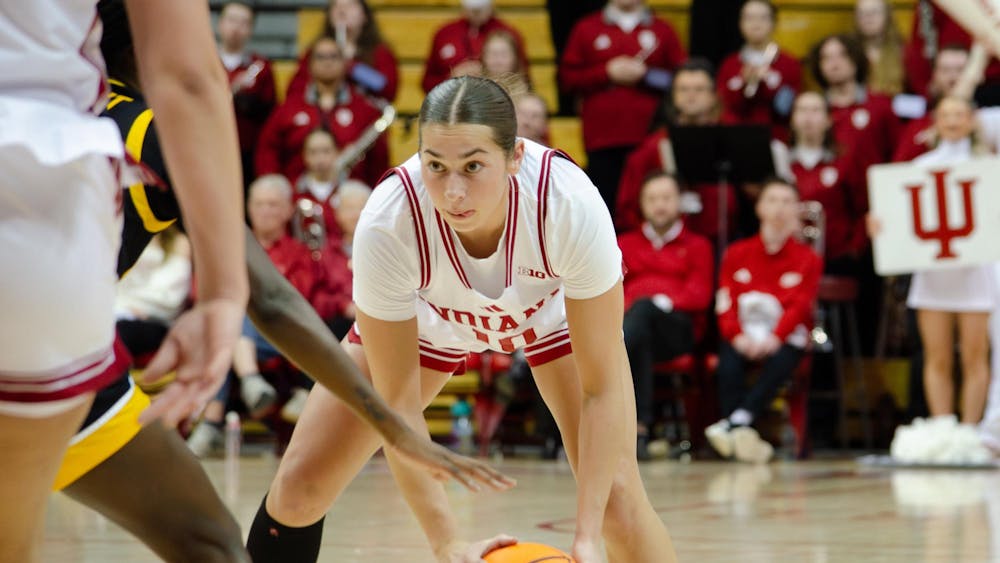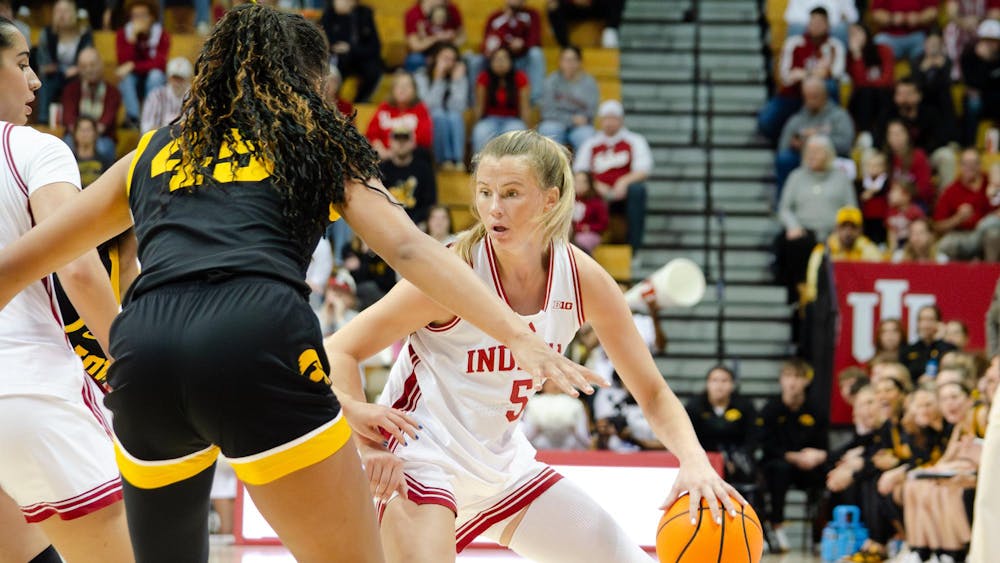When students trek across central campus, passing IU President Adam Herbert's residence, they often do not think about the first Hoosiers who journeyed to class in the mid-1800s. Most don't realize they would have been walking down Second Street toward Seminary Square. The early Hoosiers would have passed a distinctive 1700s Georgian-style house belonging to IU's first president, Andrew Wylie. \n"Andrew came from western Pennsylvania," docent Carol Wise told a small group of tourists from behind an ivory lace bonnet. "He drew a sketch of the house and had it built. He knew it wasn't like any other house in Bloomington."\nSince then, Second Street has changed, but on the corner of Lincoln and Second, the two-story house remains a relic of the 1840s -- ornate with quaint, forest-green shutters, charming porches and an expansive garden. Built in 1835 and restored in 1960, it offers unique opportunities for students to learn Hoosier history and heritage.\n"It's the only place in town where you're going to learn about the Wylie family and how IU was founded," museum director Jo Burgess said. "It's surprising how many students, even those whose parents came here, do not know how the University was started or where it started."\nBurgess has seen the transformation of the property from a neglected wreck with an overgrown lawn to a site earning a spot on the National Register of Historic Places. \n"In the past five years, we've changed a lot. We have a long way to go," Burgess said. \nIn addition to further renovations, her staff plans to build an education center within the next couple of years to expand programming. \n"We would like to see every fourth-grade class in the county visit the museum as part of their Indiana history curriculum," Burgess said. \nSince restoration began in the 1960s, the museum has collected original Wylie pieces, painted the interior and exterior and paid detailed attention to recreating a home representative of south-central Indiana life in the 1840s. The museum also grows and sells heirloom flowers and vegetables that were cultivated prior to the 1850s, which Wise calls the "money-making project."\nThe museum preserves more than seeds to sell. It also preserves the legacy of the first IU president. \nInteractive media challenges the merits of preservation. As one of the earliest buildings in Bloomington, many take the Wylie house for granted as just an old building. However, Burgess considers structures integral to understanding the past.\n"Visual history is easy for everyone to grasp," she said. "History books put students to sleep, but when they walk into an actual house it immediately makes an impression. It carries you back so you are open to hear about the time period."\nHaving such a resource renders IU unique, Burgess said. \n"There aren't very many universities who own the house of their first president," she said. "In fact, I only know of one."\nThe museum offers students a better understanding of what would become of Hoosiers by preservation of their precedents. However, if that is still not enough motivation to get students on a tour, she hopes they remember the museum when they need a place to take their parents.\n"It's important for us all to know where we came from," Burgess said. "I really want students to come here and learn about the history and heritage"
Bringing history to life
Wylie House tours give historical perspectives of IU to visitors
Get stories like this in your inbox
Subscribe





